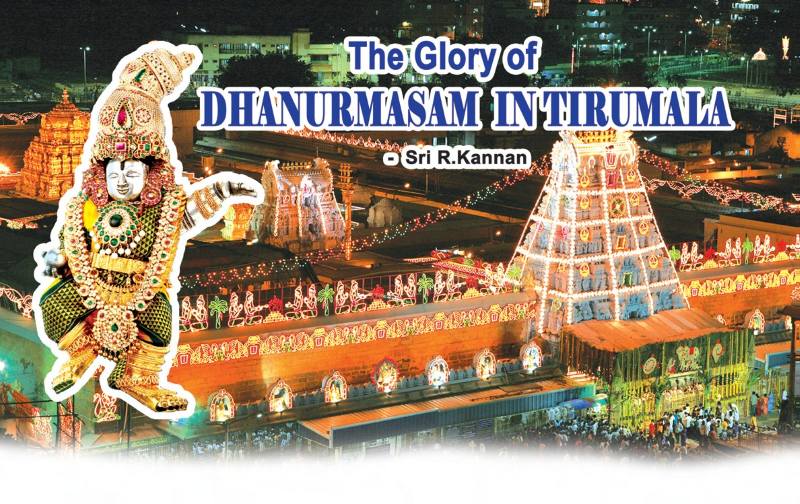In our bustling markets, three types of grapes catch our eye: green, black, and red. Each of these types, though different in colour, share a treasure of medicinal benefits. Often, we find the dried form of green grapes, while the dried black grapes present a mix of black and reddish-brown hues. These humble grapes, in Read More
Author:
Banyan Tree – Rich in Therapeutic Value
The Banyan tree is pious, divine and filled with several medicinal values. It is called ‘Bahupaada’ because its roots are widespread. It is also called Jatala as it spreads with several branches. It is also known as Nyagroda, Macchaya and Rakthaphala because it spreads horizontally, provides shadow and has red fruits. In ancient times, businessmen Read More
Wheat – As the preserver of Health
Our Vedic literature states that wheat is the most favourable of the nine kinds of grains to the Sun. It is called ‘wheat’ in English and ‘gehu’ in Hindi. The kernels of wheat have macro-nutrients in abundance. The husk and the flour prepared from wheat can be used in various dishes and cookeries abundantly. The Read More
Goda Devi’s Nachiyar Tirumoli
Goda Devi’s Nachiyar Tirumoli – It’s beauty and Significance Sri Goda Devi or Sri Andal is the incarnation of Mother Earth. She was found near the Tulasi plant at Srivilliputtur by Sri Vishnuchittar (Periyalvar). As described by Swamy Vedanta Desika in Goda Stuti, she is ‘Sri Vishnu Chitta Kula Nandana Kalpavalleem. She grew up hearing the ‘leelas’ Read More
Goda Devi’s Naachiyaar Thirumozhi
Goda Devi’s Naachiyaar Thirumozhi – It’s beauty and Significance Sri Goda Devi or Sri Andal is the incarnation of Mother Earth. She was found near the Tulasi plant at Srivilliputtur by Sri Vishnuchittar (Periyalvar). As described by Swamy Vedanta Desika in Goda Stuti, she is ‘Sri Vishnu Chitta Kula Nandana Kalpavalleem. She grew up hearing Read More
Glory of Dhanurmasam in Tirumala
Dhanurmasam in Tirumala In Tirumala, every year in the month of Dhanurmasam, it is Sri Krishna and not Bhoga Srinivasa Murthy who listens to the lullaby sung by the descendant of Annamaiah. During this one month Suprabhatam will not be rendered. Instead of Suprabhatam, Andal’s Tiruppavai is rendered. Sri Krishna will be given a bath Read More
Divine Story of Mother Alamelumangamma
Is it true? Did the dweller of the Blissful Abode perform penance? The Swamy dwelling in the golden-towered mansion over the seven hills really perform penance? Did Alamelumangamma manifest as a result of the penance performed by the god of gods? Appears strange! Did it happen? Where did this happen? Can we believe the story? Read More
Mari Tirupati (Small Tirupati)
Mari Tirupati – Bangalore There are many temples of Lord Venkateswara in Bengaluru in Karnataka State. One of them is very old as it belongs to the 17th century. It is “Kote Venkateswara temple” near K.R Market. There is one temple in Vyalikaval near Chowdiah Memorial Hall under the auspices of the T.T. D. This Read More
Sri Parthasarathy Swamy Temple (108 Divya Desams) – Tiruvallikeni (Triplicane)
Sri Parthasarathy Swamy Temple – Location Tiruvallikeni temple is located in the heart of the city of Chennai on the shores of the Bay of Bengal. One of the first three Alwars identified it. It is probably one of the oldest structures in Chennai with approximately 1400 years of history. The temple appears to have Read More
Significance of Vermilion
Significance of Vermilion Hindu culture and traditions are deeply rooted in values and beliefs for the enrichment of human life and the spiritual bent of mind. All customs and traditions prescribed by scriptures, spiritual masters and ancient seers from Bharath have a very important role in uplifting values in life. They give a direction for Read More



